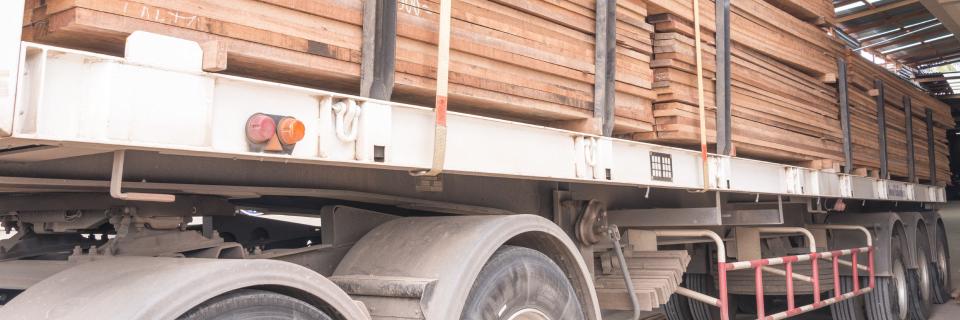
On June 6-8, the Commercial Vehicle Safety Alliance will conduct its annual, 72-hour International Roadcheck inspection blitz.
The emphasis of this year’s Roadcheck inspections will be cargo safety. The CVSA recently issued the following four tips for truck drivers to follow to ensure their loads are secure and compliant with safety regulations:
1. Know the Rules
As a driver, you need to become familiar with the regulations governing load securement in the countries where you operate and for the industries you serve. The following resources can get you up to speed on the latest rules:
- The Federal Motor Carrier Safety Administration’s cargo securement rules.
- If you transport hazardous materials, the Pipeline and Hazardous Materials Safety Administration has load securement rules for hazardous cargo at www.ecfr.gov.
- If you operate in Canada, securement standards from the Canadian Council of Motor Transport Administrators can be found here.
- The CVSA’s handbooks on out-of-service criteria and cargo securement can be ordered on www.CVSA.org.
2. Properly Secure Your Load and Equipment
Safe cargo rules apply to more than just the load you are delivering. You must also secure and firmly immobilize anything else on your truck, including dunnage, tools, pallet jacks, spare tires and other equipment. Bungee cords and tarp straps must NOT be used as the primary securements for loads or equipment.
Also, remember that an enclosed van trailer alone may not sufficiently secure what you are carrying. Many larger or heavy loads need additional securement in an enclosed van to be safely secured.
3. Carefully Inspect Tie-Downs for Wear and Damage
Tie-downs must be secured in a way that prevents them from loosening, unfastening or releasing when your truck is moving. Over time, tie-downs can become worn or damaged, so make sure you regularly inspect them. If worn or damaged, tie-downs should be replaced immediately.
The CVSA’s North American Standard Out-of-Service Criteria includes a helpful tie-down defect table for chain, wire rope, cordage, synthetic webbing, steel strapping, fittings or attachments and anchor points.
4. Establish Best Practices for Your Fleet
If you operate a company with multiple trucks and drivers, it is important that everyone adopts the same practices in securing and inspecting cargo and equipment. Do some research on how other carriers that haul similar loads to yours handle cargo safety. Find out what works best for your fleet, but always make sure your loads are properly contained and immobilized so that shifting, leaking or falling off will not occur.
Loads that shift not only can cause crashes, but can also damage your trucks and equipment. Also, improper cargo and equipment securement can lead to citations that will affect your trucking company’s safety rating.
For more information on how to help your business succeed, contact RTS today!
Source: Commercial Vehicle Safety Alliance